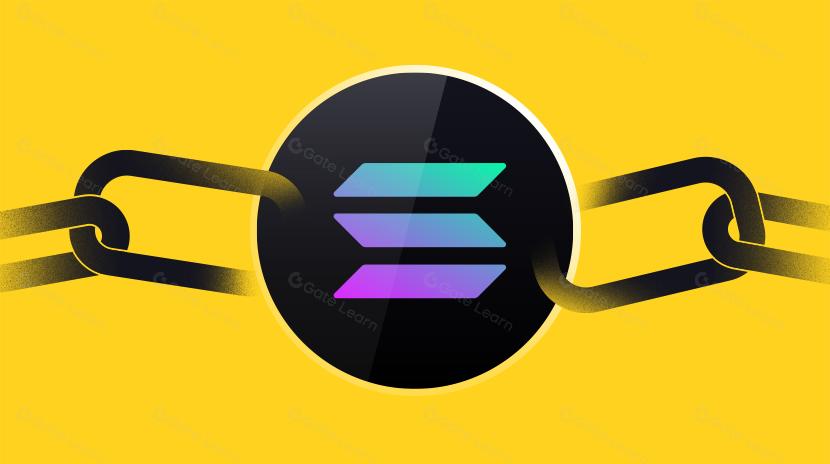block time

Block time refers to the average time interval between the generation of two consecutive blocks in a blockchain network, representing the fundamental speed at which the network processes transactions. This parameter directly influences network throughput, transaction confirmation time, and security. Different blockchains set varying block times according to their design objectives, such as approximately 10 minutes for Bitcoin and about 12-14 seconds for Ethereum. The length of block time reflects a blockchain's trade-off between security, decentralization, and transaction processing speed.
Background
The concept of block time originated from Satoshi Nakamoto's Bitcoin whitepaper published in 2008. In the Bitcoin network design, the 10-minute block time was a carefully calculated balance point, aiming to ensure network security while providing reasonable transaction confirmation speed. As blockchain technology evolved, different projects adjusted their block times according to specific needs:
- Bitcoin: Approximately 10 minutes, prioritizing security and degree of decentralization
- Ethereum: Originally about 15-17 seconds in the genesis version, stabilized at approximately 12 seconds after Ethereum 2.0, pursuing higher transaction processing speed
- Litecoin: About 2.5 minutes, serving as "silver" to Bitcoin's "gold"
- Bitcoin Cash: Approximately 10 minutes, identical to Bitcoin but with different block size
- Polkadot: About 6 seconds, employing a parachain architecture to enhance efficiency
Work Mechanism
The implementation mechanism of block time is closely connected to the blockchain's consensus algorithm:
-
Difficulty Adjustment: In Proof of Work (PoW) mechanisms, the system automatically adjusts mining difficulty based on total network hashrate to maintain the target block time
- Bitcoin adjusts difficulty every 2016 blocks (approximately two weeks)
- Ethereum employs a more dynamic difficulty adjustment algorithm that responds more quickly to hashrate changes
-
Timestamp Verification: Each block contains timestamp information, and network nodes verify the reasonableness of these timestamps
- Block timestamps cannot be earlier than the median time of previous blocks
- They also cannot exceed the current network time by too much (usually network time +2 hours)
-
Consensus Algorithm Impact: Different consensus mechanisms fundamentally affect block time
- PoW: Longer block times, greatly influenced by network propagation delays and hashrate distribution
- PoS (Proof of Stake): Can achieve shorter block times, such as Cardano's 20 seconds
- DPoS (Delegated Proof of Stake): Can achieve extremely short block times, like EOS's 0.5 seconds
What are the risks and challenges of block time?
Block time settings face multiple trade-offs and challenges:
-
Blockchain Trilemma: Blockchains cannot simultaneously maximize security, decentralization, and scalability
- Shortening block time can improve transaction speed but may increase orphan block rates
- Excessively short block times increase the probability of network forks, reducing security
-
Network Latency Issues: Information propagation takes time in globally distributed networks
- If block time approaches or is shorter than network propagation delay, it leads to high orphan block rates
- For example: Bitcoin's 10-minute setting partly considers global network latency factors
-
Node Hardware Requirements: Short block times mean nodes must process blocks more frequently
- May raise hardware thresholds for running full nodes
- Potentially leads to centralization tendencies, contradicting blockchain's decentralization philosophy
-
Confirmation Time vs. Finality: A single block confirmation does not equate to transaction finality
- Even with short block times, true transaction confirmation still requires multiple blocks (e.g., Bitcoin typically needs 6 confirmations)
- Short block times don't necessarily bring substantial improvements in transaction speed
Blockchain designers must carefully weigh block time settings based on the project's specific application scenarios and security requirements.
Block time is a critical parameter in blockchain architecture, directly affecting network performance characteristics and adaptability to application scenarios. Choosing an appropriate block time reflects a project team's trade-off within the blockchain trilemma (security, decentralization, scalability). With the development of sharding technology, state channels, and sidechains as Layer 2 scaling solutions, future blockchains may simultaneously achieve the user experience benefits of short block times and the security guarantees of longer confirmation cycles through multi-layer architectures. Understanding the significance of block time helps us more deeply evaluate the technical design and application prospects of different blockchain projects.
Related Articles

The Future of Cross-Chain Bridges: Full-Chain Interoperability Becomes Inevitable, Liquidity Bridges Will Decline

Solana Need L2s And Appchains?
